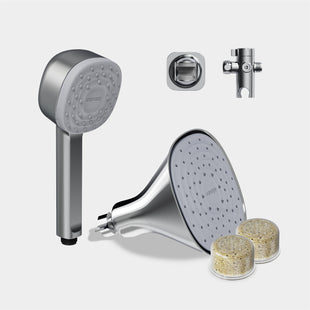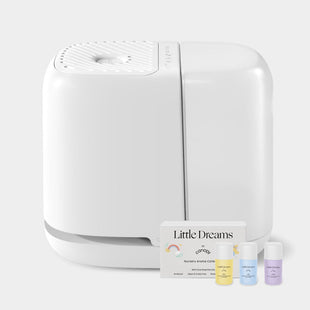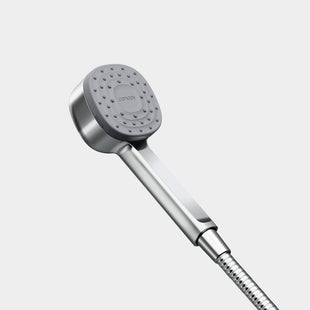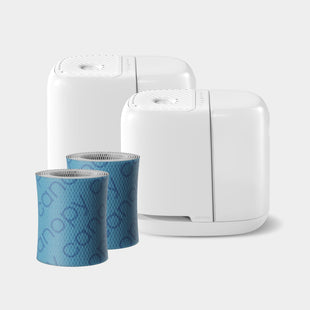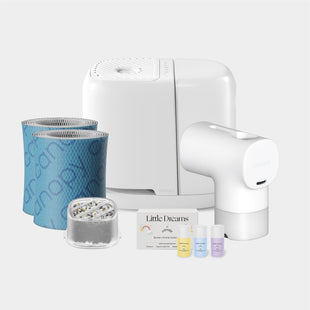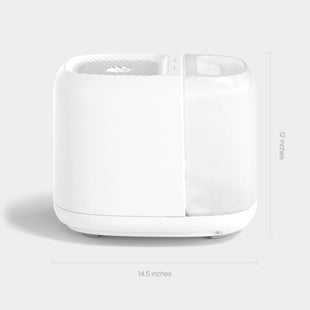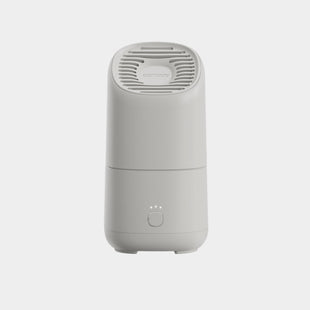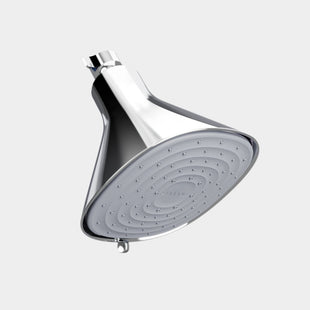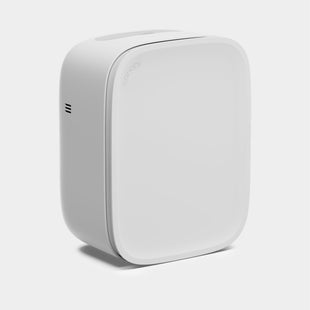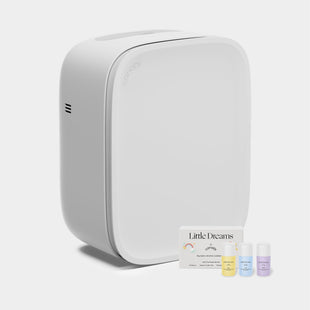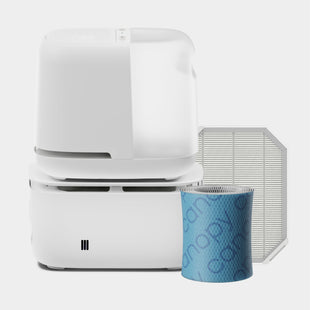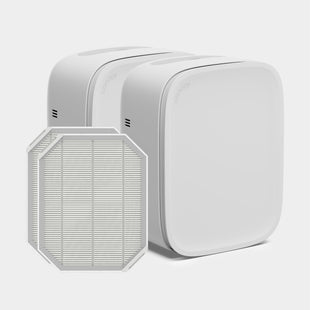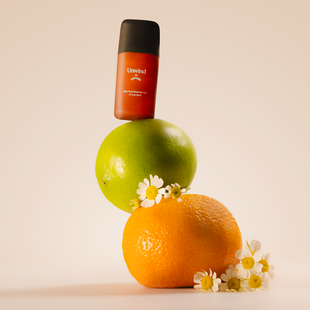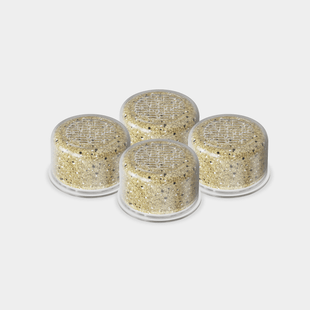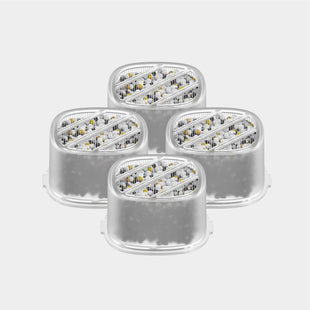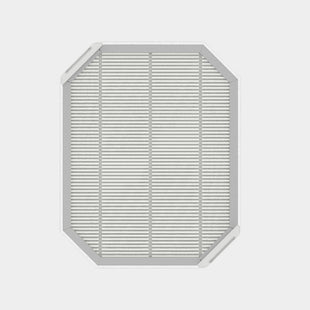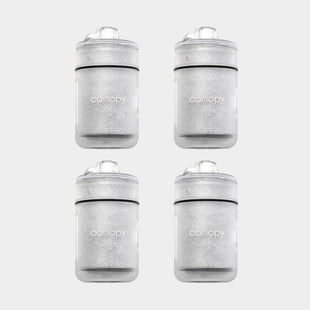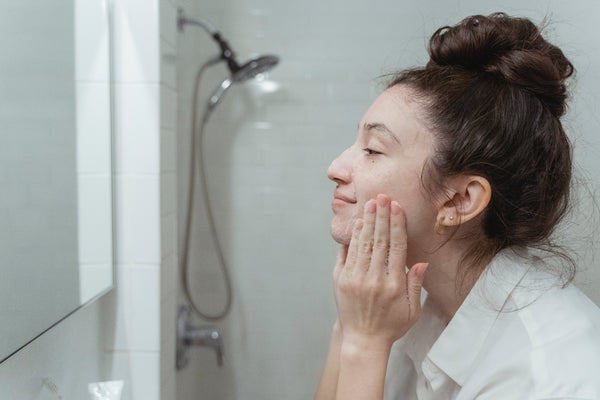If you are one of the millions who experience dry, itchy skin during the winter or when the seasons change, you may wonder what options you have for relief. First, it’s essential to determine the underlying cause of your discomfort. Did you know that dry skin is often confused with dehydrated skin? Determining whether your skin is dry or dehydrated skin will help you find the best solution.
Skin typically has four classifications: normal, dry, combination, and oily. If your sebaceous glands do not produce adequate natural oils, then you have dry skin. While everyone is born with a baseline skin type, the way it feels day to day can change with the season or as you age.
Learning to distinguish between dry and dehydrated skin makes it easier to moisturize effectively and stay comfortable. Here are a few ways to determine if you are working with dry or dehydrated skin and what this difference can mean for your routine.
Signs of Dry Skin
Dry skin is a skin type that can be annoying at best and painful at worst. Since dry skin lacks natural oils, symptoms might include itching, stinging, and a flaky, scaly, red appearance as it becomes more inflamed. Dry skin is typically the result of environmental conditions, genetic factors, or other underlying conditions, such as hypothyroidism.
Typically, direct hydration with an emollient cream helps lock in moisture to alleviate the issue. Still, you may require a more potent topical solution if you experience chronic dry skin. These can be obtained through a prescription from a doctor or dermatologist.
Signs of Dehydrated Skin

Dehydrated skin is a condition that can result from a lack of water, increased urination due to caffeine, or increased sweat from exercise. Recognizing the signs of dehydrated skin is the first step to finding a solution. Dehydrated skin appears dry, dull, or uneven, making fine lines and wrinkles more noticeable.
Other signs of dehydrated skin may include darker under-eye circles, shadows in the face, and a sunken-in appearance. Luckily, the symptoms of dehydrated skin are easy to recognize and treat with a few consistent lifestyle alterations.
By simply hydrating the body more, you can begin to repair dehydrated skin, improve your complexion, and appear healthier overall. Those dealing with persistent dehydrated skin due to severe dehydration should consult with a doctor to determine a cause and plan of action.
Remedies for Dry and Dehydrated Skin
Aside from drinking more water and applying moisturizers, other remedies are available to help alleviate the symptoms of both dry and dehydrated skin. Using a humidifier at home is one way to achieve a more comfortable state for dry or dehydrated skin.
When paired with proper skin care, a humidifier can be a strong defense against dry skin. As you shop for a humidifier, think about whether you want a model that treats a large living space or a smaller area, like your bedroom. A humidifier with a simple filter system and internal sensor ensures the moisture in your home will be clean and well-balanced—no more worrying about bacteria, mildew, or muggy conditions indoors.
You don’t have to be uncomfortable during the winter months. Whether you are dealing with dry skin or dehydrated skin, Canopy can help you restore much-needed moisture. Dermatologists know that using a humidifier is an easy way to help skin look and feel healthier, and our customers’ results speak for themselves. Try our original humidifier, which is ideal for rooms up to 500 square feet, or our large-format Humidifier Plus for comfort anywhere in your home.

